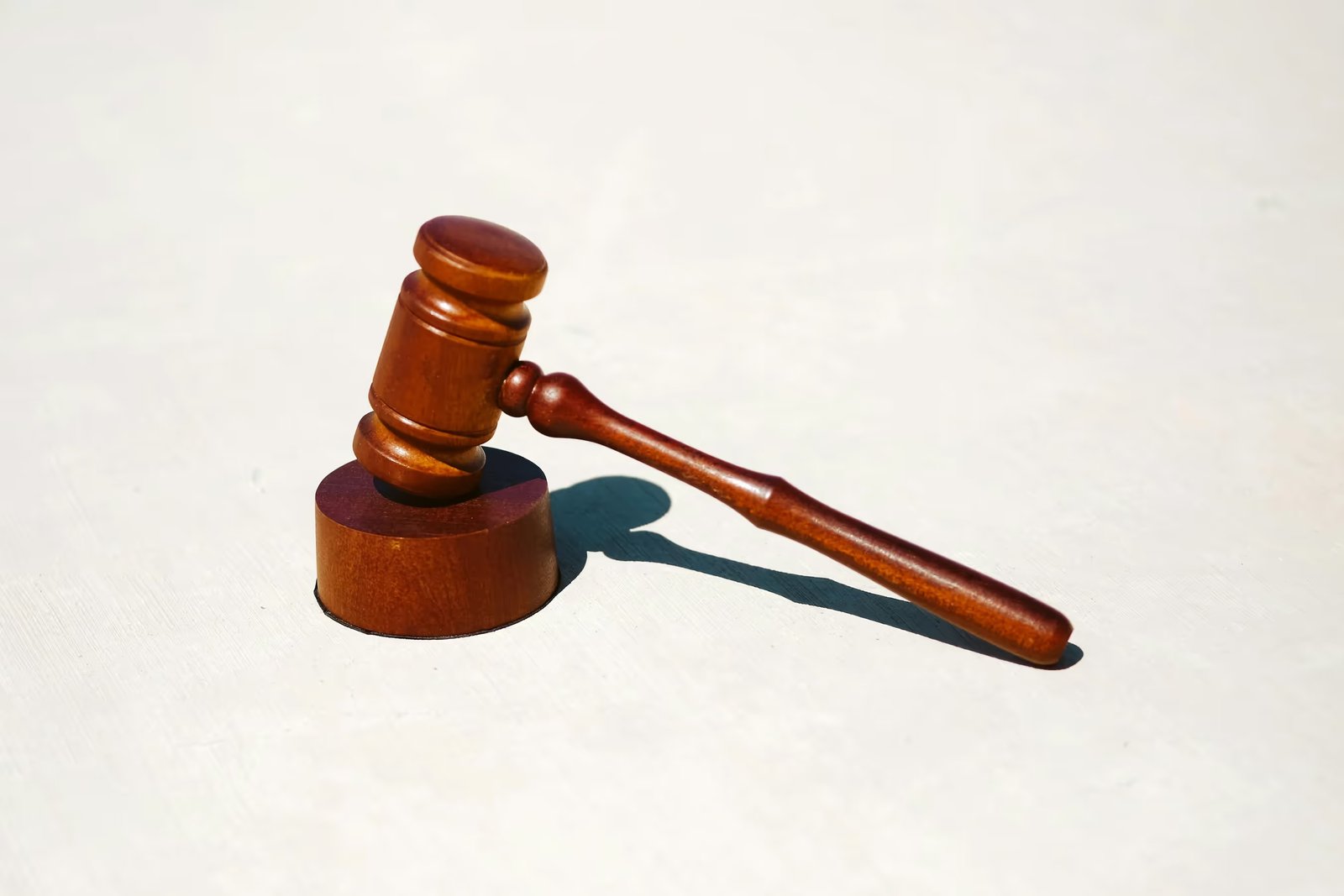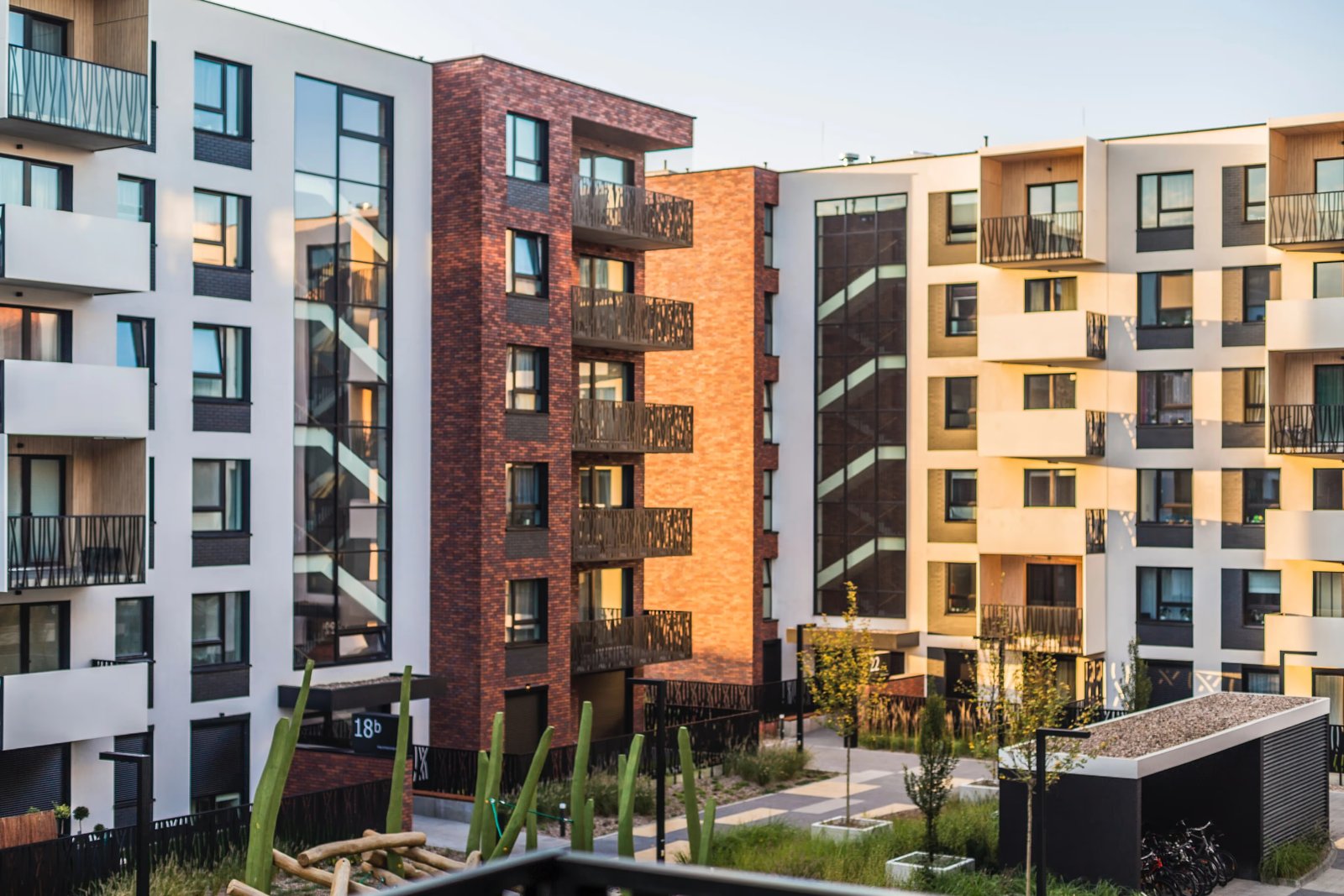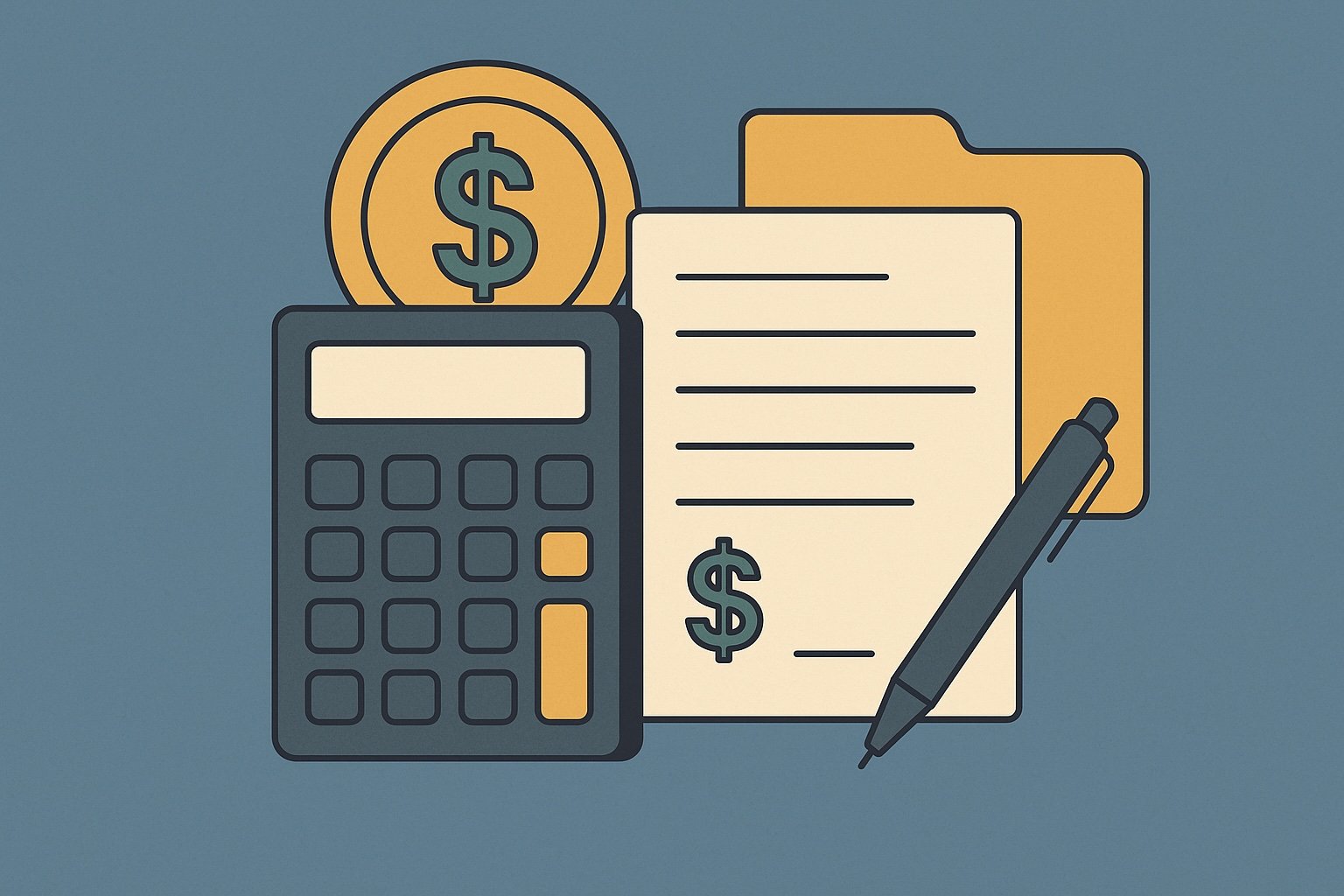Question
ARTE's Answer
A reverse 1031 exchange can be a powerful tool for real estate investors, offering several key benefits that can enhance your investment strategy. At Deferred.com, we specialize in facilitating these exchanges as a qualified intermediary, and our “No Fee Exchange” service can help you save money while maximizing the advantages of a reverse exchange.
One of the primary benefits of a reverse 1031 exchange is the ability to secure a desirable replacement property before selling your relinquished property. This can be particularly advantageous in a competitive real estate market where the perfect property may not be available for long. By acquiring the replacement property first, you eliminate the risk of missing out on an excellent investment opportunity due to the timing constraints of a traditional 1031 exchange.
Another significant advantage is the flexibility it provides in managing the 45-day identification period. In a standard 1031 exchange, you must identify potential replacement properties within 45 days of selling your relinquished property. This can be a pressure-filled process, especially if suitable properties are scarce. With a reverse exchange, you have already secured the replacement property, effectively bypassing this identification period and reducing stress.
Reverse exchanges also allow for improvements to be made to the replacement property before the exchange is completed. This can increase the property’s value, potentially leading to greater returns on your investment. By using a parking arrangement, where the Exchange Accommodation Titleholder (EAT) holds the title to the replacement property, you can make necessary improvements during the exchange period.
To illustrate how a reverse 1031 exchange works, let’s consider an example with Deferred.com as your qualified intermediary. Suppose you identify a commercial property that perfectly fits your investment criteria, but you haven’t yet sold your current rental property. You decide to proceed with a reverse exchange to secure the new property.
- Parking the Replacement Property: You loan funds to the EAT, who acquires the title to the replacement property on your behalf. This ensures you don’t own both properties simultaneously, complying with IRS guidelines.
- Selling the Relinquished Property: Within 180 days, you sell your current rental property. The proceeds from this sale are then used to complete the purchase of the replacement property from the EAT.
- Completing the Exchange: Deferred.com, as your qualified intermediary, facilitates the transaction, ensuring all IRS requirements are met. Once the relinquished property is sold, the EAT transfers the replacement property to you, completing the exchange.
By using a reverse 1031 exchange, you can strategically manage your real estate portfolio, secure prime investment opportunities, and potentially enhance the value of your replacement property through improvements. At Deferred.com, we are committed to helping you navigate this process efficiently and cost-effectively with our “No Fee Exchange” service.
Have more questions? Call us at 866-442-1031 or send an email to support@deferred.com to talk with an exchange officer at Deferred.
Sources
- TAM 200039005 (Failed Reverse Exchanges)
- Reverse Exchange (Article)
- Deferring Losses On The Sale of Property Using 1031 Exchanges
- IRS Info Letter 2007-0009 (Reverse Exchanges Do Not Qualify for Postponement)
- What To Do About Exchange Expenses in a Section 1031 Exchange? (Article)
- DeCleene v. Comm., 115 TC 457
- Goolsby v. Commissioner
- Delaware Statutory Trusts (Article)
- What Is a Three-Party Exchange?
1031 Question? Ask ARTE
Deferred's AI 1031 Research Assistant is trained on 8,000+ pages of US tax law and outperforms human CPAs by 22%+
CHAT NOW
Learn More
See more frequently asked questions about 1031 exchanges








